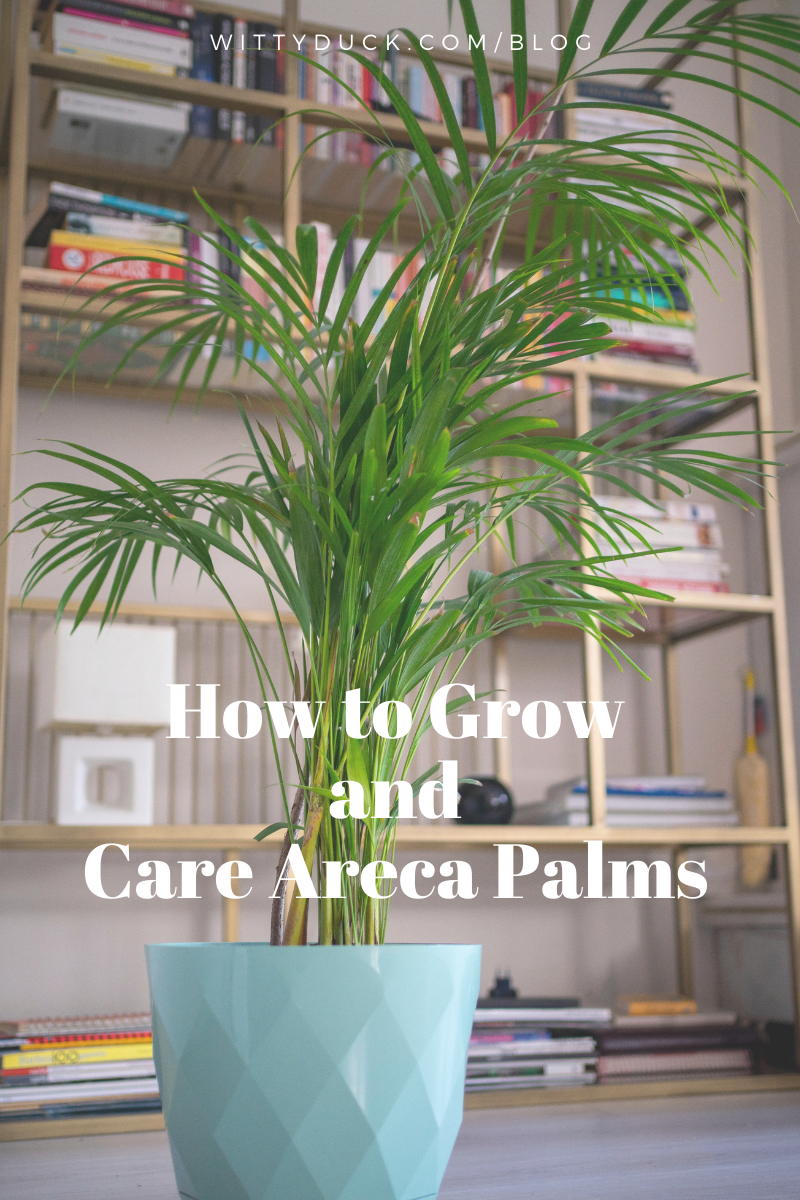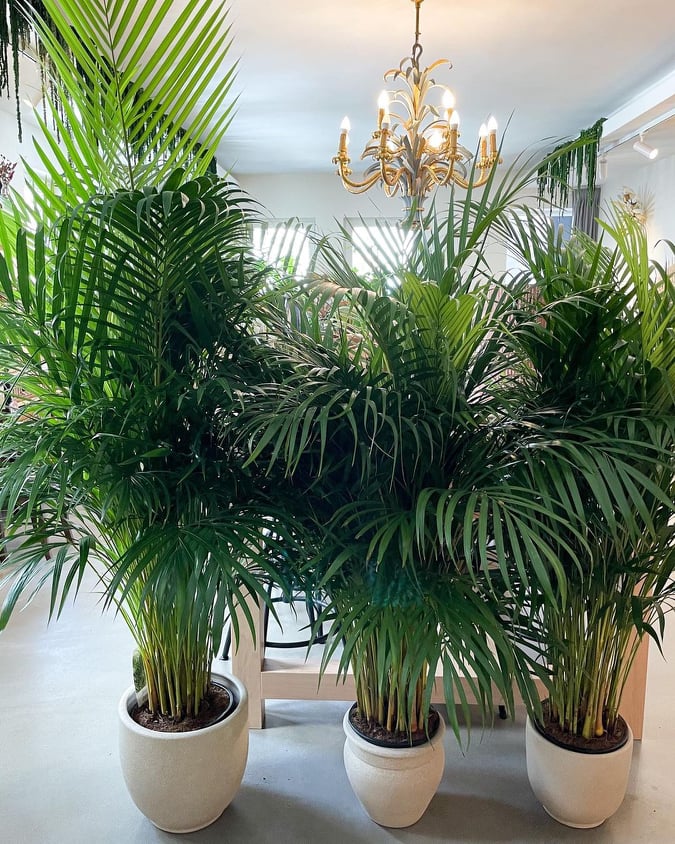Now adorning the interiors of every household, the Areca palm was once an endangered species. These tall, attractive, clumping palms with feathery, arching fronds, each with up to 100 leaflets, just command attention. They can grow 6 to 10 inches per year and grow till they reach the mature height of 6 to 7 feet. They are usually purchased as tabletop plants because they get expensive when they are fully grown. As they are easy to grow, widely available and the lush foliage helps remove some toxins from the air, is there any reason why they shouldn’t be popular and be the most sought-after interior plants!

Kingdom – Plantar
Family – Arecaceae
Botanical name – Chrysalidocarpus lutescens
Common names – Areca palm, bamboo palm, butterfly palm, golden cane palm, yellow palm
Found – Philippines, Malaysia, India, Melanesia, and Southeast Asia
Soil type – Moist, well-drained
Bloom time – Summer
Toxicity – Nontoxic
Areca Palm Care
It is not very difficult to take care of the Areca palm plant, but the plant won’t tolerate neglect! There are some points you should keep in mind while growing an Areca palm. Areca palm care includes keeping in mind the light, soil, water, temperature, humidity, fertilizer, pruning, and repotting.

1. Light
- Indoor palms benefit when exposed to bright light entering through a South or west-facing window
- Alternative you can get your palm outside in warm weather and expose it to diffuse sunlight
- Outdoor palms like bright, filtered sunlight and can also tolerate full sun
- But they should be protected from strong sunlight of afternoon, as severe light can scorch the foliage
2. Soil
- For house palms a well-drained peat base pot is perfect
- Outdoor palms must have a good drainage
- Soggy soil will lead to rotting of the root
- Slightly acidic soil is good
- The addition of sand and peat moss will help improve porousness and lower the pH of the plant
3. Water
- Water when the soil starts to dry out
- It becomes necessary for the healthy growth of outdoor plants in hot weather
- Like most palms, they like moist soil, but overwatering or being waterlogged can lead to damage to the roots
- Distilled water or collected rainwater is the best
- Avoid fluoridating water
4. Fertilizer
- Both the indoor and the outdoor palms require fertilizer throughout the growing season
- Heavy feeder
- Require fertilizing with a liquid fertilizer from spring till early fall
- As the plant is dormant, avoid feeding during the winter and late fall
5. Temperature
- Both the indoor and the outdoor palms grow best in average temperature like 65 – 75 degree Fahrenheit
- For outdoor palms, the temperature must not fall below 50 degree
- Indoor palms must be kept away from cold windows, air conditioners, and heat sources
- Dark spots start to appear on the leaves when exposed to sudden cold bursts
6. Humidity
- Areca palms love humidity
- It will acclimate to normal indoor humidity
- Too Dry air can turn the leaf tips turn brown
7. Pruning
- Not of much importance
- Remove the dying fronds when they turn brown, as they still take part in photosynthesis
8. Repotting
- Needed every 2-3 years
- Tight containers and crowded roots will limit the growth of the palm
- Avoid planting too deeply and spreading the roots
- The main reasons for repotting are to replace the aged potting soil and remove fertilizer salt deposits that build up in the soil and on the sides of the pot.
Common Pest and Diseases To Which Areca Palms are Vulnerable
- Sometimes the palms will turn lethal yellow, which is the indication of an insect-transmitted bacterial disease which is the leading cause of fronds and ultimately kills the palm. Outdoor palms are more vulnerable to this disease. The best you can do is remove the palm before the disease spreads.
- Indoor areca palms are vulnerable to common houseplant pests, including mites, aphids, mealybugs, scale, and whiteflies, which can cause foliage damage and discoloration.
Recommended Read:
- Spider Plant Care: How to Propagate and Tips on How to Care
- Snake Plant Care: How to Propagate and Tips on How to Care



